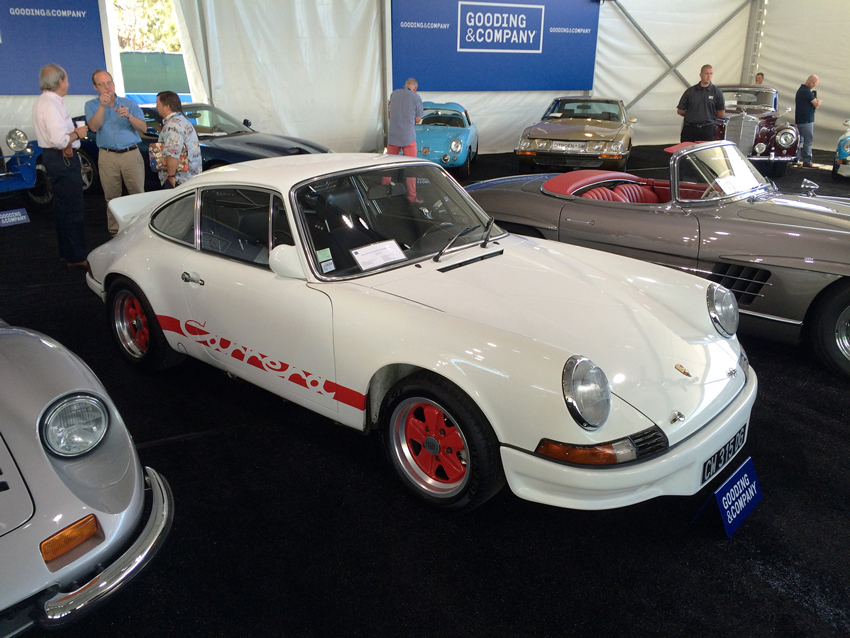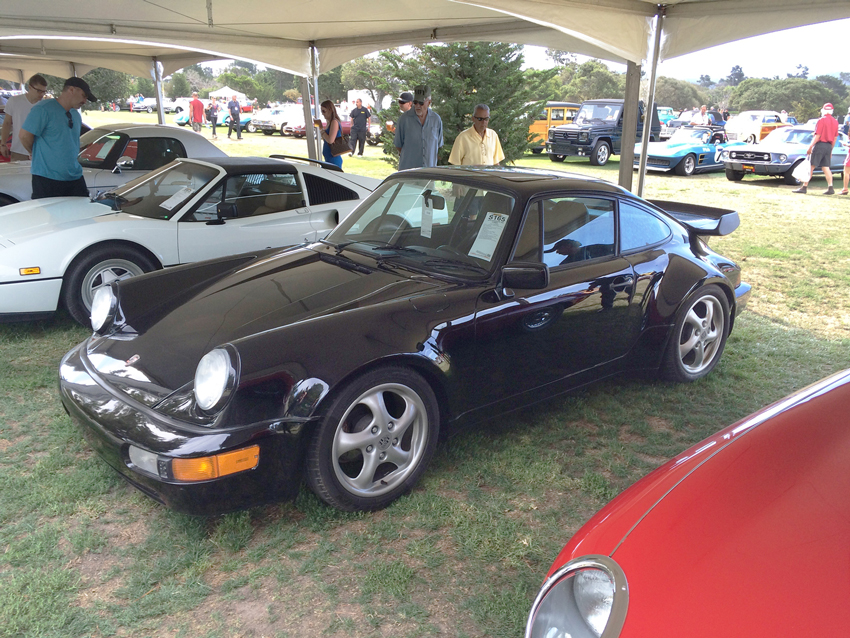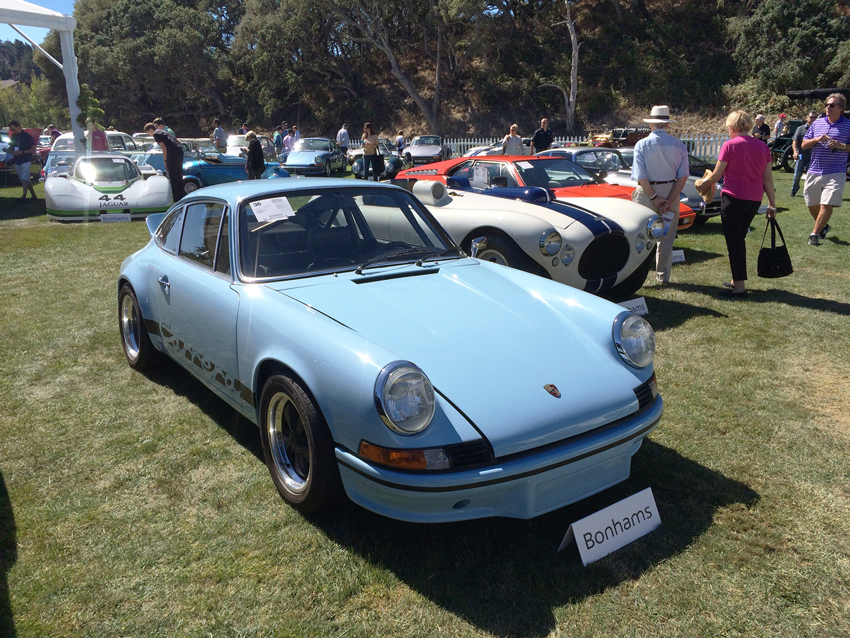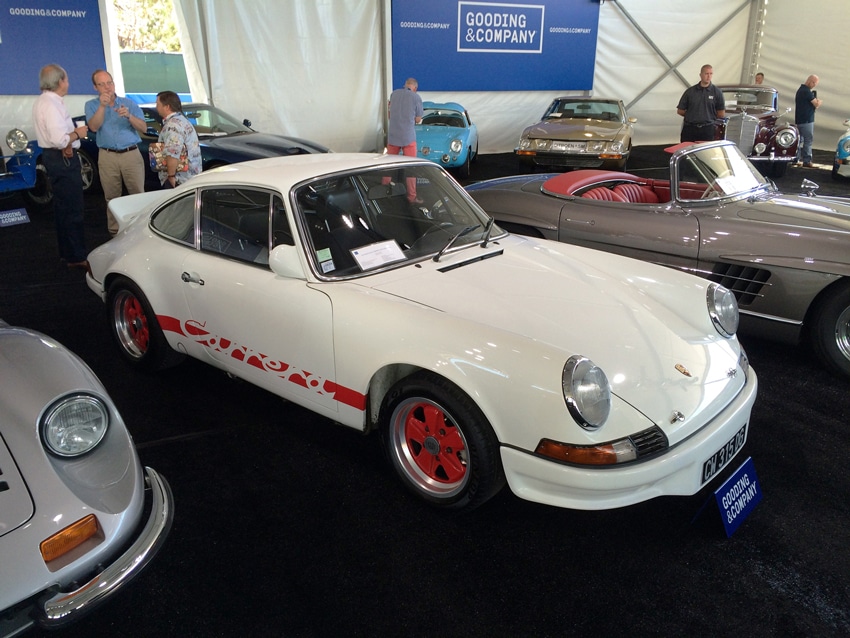
There is something revealing in the fact that six auction houses in Monterey offered more than 150 Porsches for sale. Elsewhere in this issue, we have suggested that the bubble of investment opportunity has moved past the 1950s, 1960s, and 1970s, like clouds streaking across the sky, to embrace the 1980s and 1990s, heading toward the sunrise of opportunity in the 2000’s car.
From careful reviews of dozens of cars – and not just Porsches – it is clear that a disturbing trend – around for a while – is worsening.
The quality of many of the restorations done to cars offered at these auctions suggests that some of the shops watched the clouds shifting overhead and have hurried jobs or completed modest work for clients or their own purposes on cars that two decades ago – or even one decade ago – were parts donors.


There is evidence of shoddiness, of sloppy work, of hurried work, as though this recent week at Monterey will be known as “The last auction before….”
If there was any depression in prices this week, it was as likely a result of inferior quality “fully restored” cars as any saturation or fatigue in the market.
Too many cars – across too many marques – looked too hurriedly completed. And/or they were overdone.
Those cars that were over-restored have sacrificed forever authenticity and historicity, leaving behind gorgeous 2015 interpretations of significant 1930s or 1960s or 1980s chassis numbers.
At the other end of that spectrum was some guarded encouragement in the way the auction houses treated “barn find” relics. In some cases rust was pervasive enough to make a potential bidder worry if – even if the car ran – could it possibly pass any kind of vehicle safety inspection? That’s not unusual. What was surprising was that in several instances the houses had attached estimates to these relics that were within a few thousand dollars of seemingly well-restored versions in their own catalogs. This suggests that originality and preserved/conserved vehicles finally have met market acceptance. The sermons that Miles Collier, Fred Simeone, and others have delivered at last have sunk in.
Alas, this may not be a lasting impact. At a collector luncheon shortly after the Pebble Beach weekend, a couple of class winners discussed the various preservation class entries on the previous Sunday and said that they knew the owners intended to launch full restorations. It’s a strategy that has worked well. An attendee at Pebble Beach overheard one individual telling another that his restorer had literally finished the car the evening before. And he took second in his antique class on Sunday.




